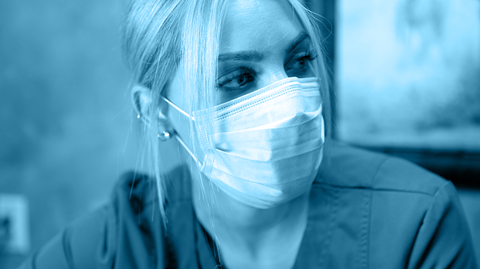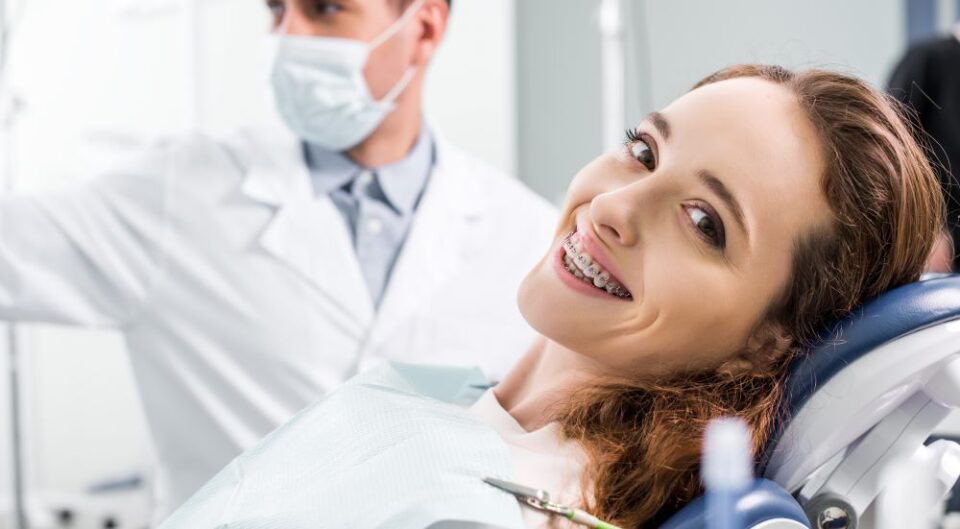As the U.S. epidemic of monkeypox gained momentum this summer, initial media coverage focused heavily on the disease’s transmission via sexual contact. According to the U.S. Centers for Disease Control (CDC), however, the virus that causes the disease can spread through any type of skin-to-skin contact and via objects, including fabrics and surfaces, touched by someone who has the disease.
Public health officials are working to raise awareness of how the disease is spread, especially as the start of the school year approaches. As of August 8, the United States had 8,934 confirmed cases of the disease. The governors of New York, Illinois and California have each declared a state-of-emergency for monkeypox for their states and President Biden declared a public health emergency for monkeypox in the United States.
Dr. Linda Yancey, infectious disease specialist at the Memorial Hermann Health System in Houston, told media outlets that skin-to-skin contact has been the key driver of the virus’s spread. The potential for contracting the disease exists when “shaking hands or doing things like wrestling or football,” she said.
Dr. Yancey also referenced the potential for spread via large respiratory droplets. According to the CDC, the potential for spread of monkeypox via respiratory secretions is being researched. The CDC also provided extended information on respiratory transmission.
Prevention for Orthodontic Teams
The American Dental Association has advised dental professionals to watch for patients who may have monkeypox.
The CDC lists publicly visible areas of the body where the monkeypox rash may be visible as including the hands, face and mouth. In addition to the characteristic rash, those who have the disease may experience flu-like symptoms such as fever, chills and exhaustion.
View Photos of the Monkeypox Rash
“The bottom line for the orthodontic team is to remember that monkeypox virus has a low infectivity and it is very difficult to acquire,” says infection control consultant Jackie Dorst, RDH of Safe Practices. “Infection requires a prolonged contact time, touching the pox lesions or a break in the skin for the virus to enter. Using Standard Infection Control Precautions for orthodontic patient care prevents monkeypox transmission.”
Ms. Dorst’s recommendations include:
- Wear correct PPE – gloves, mask, safety glasses, isolation gown.
- Hand hygiene: Wash with soap and water or ABHR that has a National Drug Code (NDC) after removing gloves.
- Clean and disinfect all touch and splash surfaces with a healthcare disinfectant listed on the EPA “Q” list for disinfectants effective against emerging viral pathogens.
- Clean, package and sterilize all critical and semi-critical instruments.
Steps to prevent community monkeypox transmission include:
- Avoid close skin-to-skin contact with people who have a rash that looks like monkeypox.
- Do not touch the rash or scabs of a person with monkeypox.
- Do not kiss, hug, cuddle, or have sex with someone with monkeypox.
- Do not share eating utensils or cups with a person with monkeypox.
- Do not handle or touch the bedding, towels, or clothing of a person with monkeypox.
- Wash your hands often with soap and water or use an alcohol-based hand sanitizer.
The monkeypox incubation period is five to 21 days after exposure. Infection normally lasts for two to four weeks. Treatment for infected persons with severe symptoms or those who are immune compromised is Tecovirimat (Tpox) oral capsules or IV. The smallpox vaccine JYNNEOUS (approved for 18 years old and older) provides protection and will also help reduce severity of symptoms in infected people.



